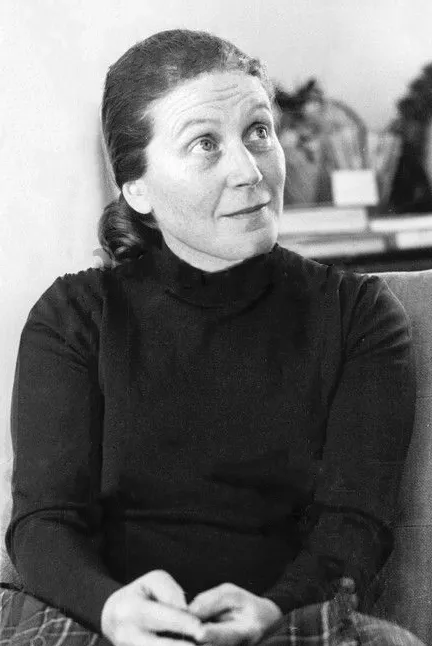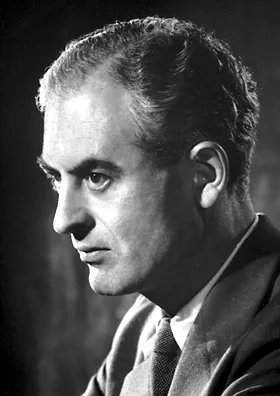
Birth Year: 1929
Nationality: Canadian-American
Profession: Architect and Designer
Notable Style: Deconstructivism
Famous Works: Guggenheim Museum Bilbao, Walt Disney Concert Hall
Awards: Pritzker Architecture Prize
Frank Gehry: The Maverick of Modern Architecture
Born in the bustling streets of Toronto on February 28, 1929, Frank Gehry was destined to challenge the conventional norms of architecture. As a child, he would often marvel at the buildings around him. However, what began as innocent admiration soon transformed into a deep-rooted desire to create spaces that would evoke emotions and provoke thought.
At just 17 years old, Gehry took a pivotal step towards his future by moving to Los Angeles. This city brimming with diversity and innovation served as an ideal backdrop for his burgeoning ambitions. He enrolled at the University of Southern California’s School of Architecture, where he was exposed to a range of architectural philosophies. Despite this structured education, Gehry's rebellious spirit led him down paths that were often uncharted.
After completing his degree in 1954, he found himself serving in the U.S. Army for two years a stint that many argue gave him valuable insight into discipline and structure. Upon returning to civilian life, he decided to immerse himself further into architectural practices by working for various firms. Ironically, it was during these early years that he began developing his signature style a style that would later shatter traditional concepts.
Gehry's journey took a significant turn when he established his own practice in 1962; yet the road ahead was not without challenges. His early designs went largely unnoticed; perhaps critics struggled to appreciate the complexities and abstract forms that characterized his work. It wasn’t until 1978 with the completion of the Guggenheim Museum Bilbao that his unique vision caught global attention.
This museum became synonymous with modern architecture a beacon showcasing how spaces could be both functional and artistically audacious! The flowing lines and unconventional materials used in its construction spoke volumes about Gehry’s intent: architecture could transcend mere utility; it could tell stories through its very form.
However, not everyone embraced Gehry’s radical approach with open arms. His design for the Walt Disney Concert Hall in Los Angeles sparked heated debates about aesthetics versus functionality within urban spaces! Critics argued whether such avant-garde structures belonged amidst more traditional architectures like those lining downtown Los Angeles.
The Iconic Deconstructivist Style
As time progressed, Gehry became one of the leading figures behind deconstructivism an architectural movement characterized by fragmentation and non-linear processes! His works often mirrored chaos intertwined with harmony; they seemed almost alive as if each curve had its own story waiting to be unveiled.
“Perhaps what makes Frank’s designs stand out is their ability to evoke emotion each building feels like a living organism.”
Pushing Boundaries
Throughout his career spanning several decades now despite reaching milestones like receiving prestigious awards including Pritzker Prize in 1989 Gehry continued pushing boundaries beyond just physical constructs! He became involved with furniture design too: creating pieces that challenged conventional forms while also being practical!
The Legacy Continues
A testament to Frank’s enduring legacy can be seen even today! On social media platforms such as Instagram or TikTok users share photos taken outside places like Fondation Louis Vuitton where they recreate iconic shots alongside friends their joy speaks volumes about how influential these structures remain!
<Sustainable Architecture>Towards this new era we now witness architects embracing sustainability while ensuring aesthetics do not fall by wayside… Who knows? Perhaps young designers draw inspiration from pioneers like Gehry who showed them possibilities exist beyond limits set forth before them? By blending innovation with responsibility toward environment the modern architect redefines contemporary landscape daily!
<This resurgence brings forth discussions surrounding adaptability within architecture itself: How does one create buildings catering both human needs yet respect nature? Therein lies connection between past innovators such as Frank and future creators ready shape world anew!
<In conclusion the world continues evolving through interplay between form/functionality & social dynamics occurring daily amongst us all... Each brushstroke left behind by artists/architects remains integral part greater narrative unfolding before eyes watching intently today!”






